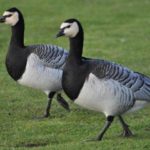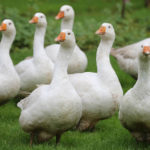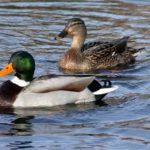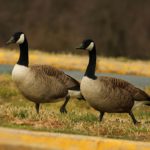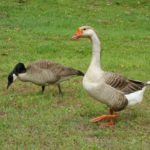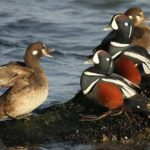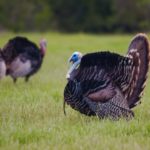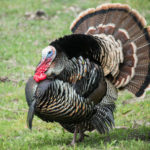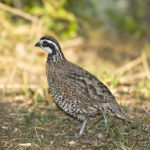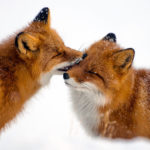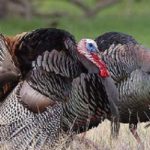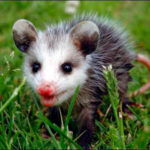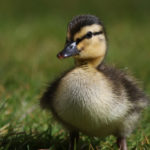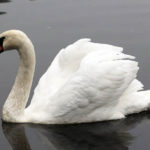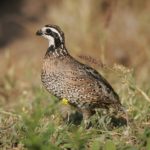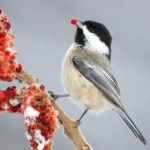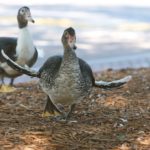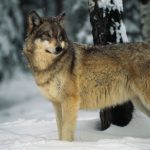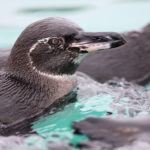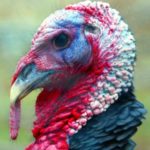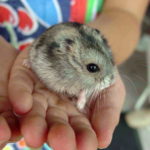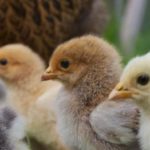Geese – information
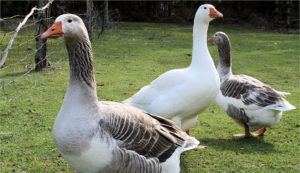 Geese are one of the most cold-resistant domestic poultry, they tolerate a drop in temperature in the poultry house to -10 ° C (in exceptional cases, to -25 ° C), but this should not be abused. Geese can be kept in wooden, adobe or brick poultry houses without heating, but they will not be carried in the cold. Occasionally, geese begin to be carried at a lower temperature, but it is not necessary to leave eggs for incubation in this case. It is best if the poultry house has access to the south (in the northern areas), south-east or south-west (in the southern regions). In the winter they are allowed to walk at noon for several hours, in the summer – for the whole day. The litter in the poultry house must be deep and dry (sawdust, tyirsa, straw), it should be taken into account that geese dampness is worse than other unfavorable factors. In wet and dirty bedding their feathers lose heat-insulating properties, birds can catch cold or catch an infection.
Geese are one of the most cold-resistant domestic poultry, they tolerate a drop in temperature in the poultry house to -10 ° C (in exceptional cases, to -25 ° C), but this should not be abused. Geese can be kept in wooden, adobe or brick poultry houses without heating, but they will not be carried in the cold. Occasionally, geese begin to be carried at a lower temperature, but it is not necessary to leave eggs for incubation in this case. It is best if the poultry house has access to the south (in the northern areas), south-east or south-west (in the southern regions). In the winter they are allowed to walk at noon for several hours, in the summer – for the whole day. The litter in the poultry house must be deep and dry (sawdust, tyirsa, straw), it should be taken into account that geese dampness is worse than other unfavorable factors. In wet and dirty bedding their feathers lose heat-insulating properties, birds can catch cold or catch an infection.
Feeding domestic geese is not much different from wild geese. They feed on herbaceous plants, mostly grasses and to a lesser extent aquatic plants. In a day the goose can eat up to 2 kg of grass and this feed is quite enough to sustain life. In summer, the grass can be replaced with vegetable residues and food waste (especially useful fish), in the winter to give hay, grass meal, brooms of deciduous and coniferous trees. However, to improve the condition of geese, it is recommended to feed more nutritious food. For this purpose, any grain and any feed for poultry is suitable, which must be given in small portions.
For breeding geese, it is recommended to add animal products (boiled eggs, cottage cheese) and mineral substances (chalk, crushed shell) to food. This increases egg laying, hatchability of chicks and reduces the risk of egg-laying by goose. The presence of clean drinking water is mandatory, the presence of an artificial “pond” for bathing with enclosure of geese is also very desirable.
Domestic geese are not so fussy and noisy as chickens and ducks, they behave calmly in the yard, the voice is served less often by other birds, they are easy to manage. The intellect of geese manifests itself in power and independence, in the poultry house they keep themselves crowded, do not scatter in corners and at the same time do not mix with other birds. If there are no larger birds (turkeys) in the poultry house, the gander often assumes the role of leader and overseer. In this case, the fighting goose can “put in place”, it is also the first to go out and enter the house and identify other everyday things. In free grazing, geese can independently find their way home if the pond is not too far away. To other birds, geese do not show aggression, but they can attack people, dogs.
This behavior is associated with the inherent genetic memory, because in the wild nature it is people and predatory animals that threaten the geese. However, this problem is easily solved. It is enough to know that the goose does not rush at anyone without reason, therefore it is enough for strangers to go around the goose flock to stop aggression, and the owners should not allow dogs and other potentially dangerous animals to goose to the pen. Geese, grown from childhood alongside children and animals, get used to them and do not bite. If desired, geese can be trained, they do not just learn the commands, but also understand the character of the person well. There is a case where an elderly widow has started a goose to escape from loneliness.
